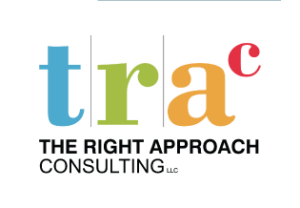Value Add vs. Non-Value Add
Value stream mapping brings together lean concepts and techniques and helps to avoid the “cherry picking syndrome” in which processes that have very little impact on the product or service are chosen because they will be easy to improve. Value stream mapping forms the basis of an action plan (going from current state to future state), and illustrates the linkage between information and material flows. Like most things related to lean, or any initiative, there are some basic steps to follow when creating a value stream map. The process of value stream mapping is self-perpetuating; meaning that eventually the future state becomes the new current state and the cycle continues.
One of the most critical steps in the value stream creation process is recognizing non-value (waste) in the process. If we use the definition of value presented earlier in this book, waste will be anything that the customer is not willing to pay for. Value-adding activities are tasks that that transform (add value to) the product in some way. This transformation can take the form of either hard changes to the product, or soft changes such as brand vs. private label products. Each step, of each task, of each process needs to be objectively evaluated against this criterion to successfully identify wastes that can be eliminated. The following five principles can be used to guide an organization in this evaluation:
1) Define value from the customer perspective
2) Identify the value stream for each product family
3) Make the product flow
4) Create pull to build only what is needed, when it is needed, and
5) Strive toward excellence.
Throughout the process analysis activity, it is critical to remain focused on the right things; activities that impact improvement of the organization’s products or services. Next time we will deep dive into the four critical steps of value stream mapping.
